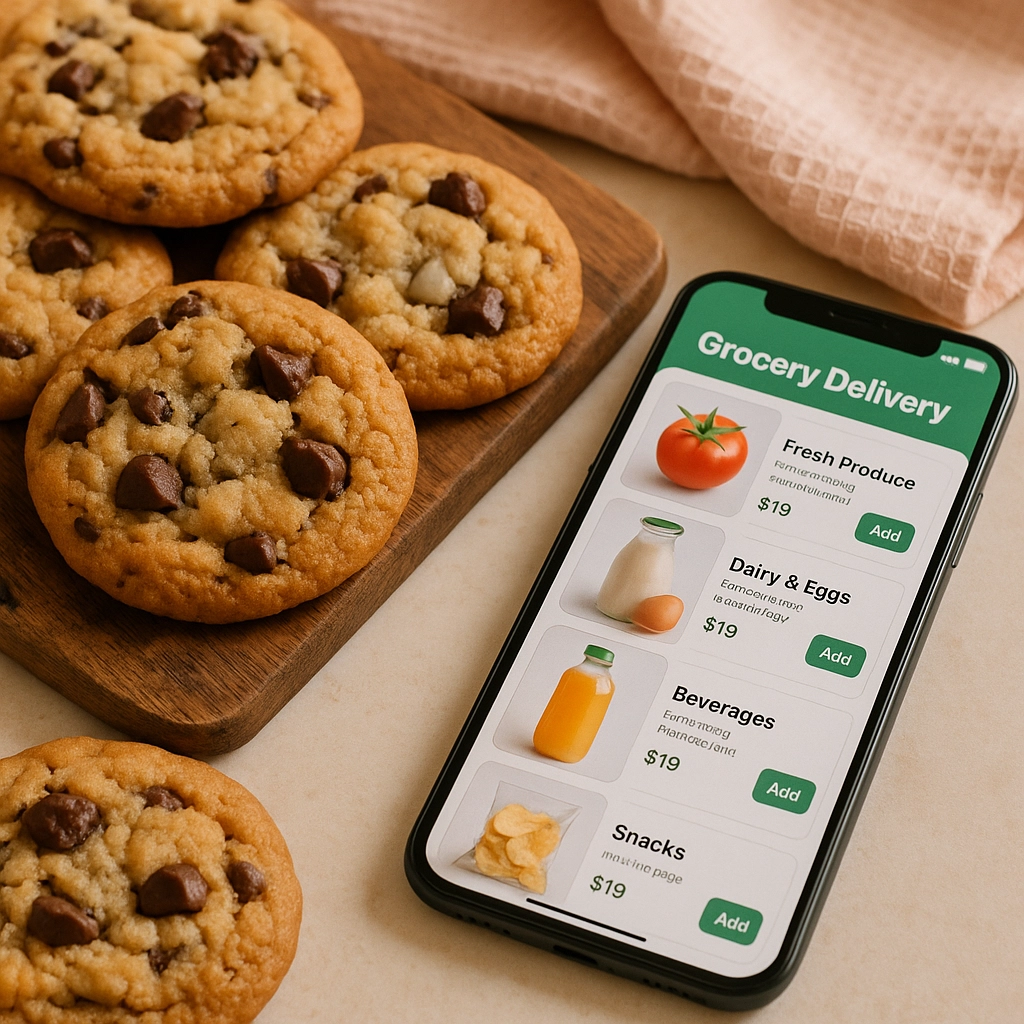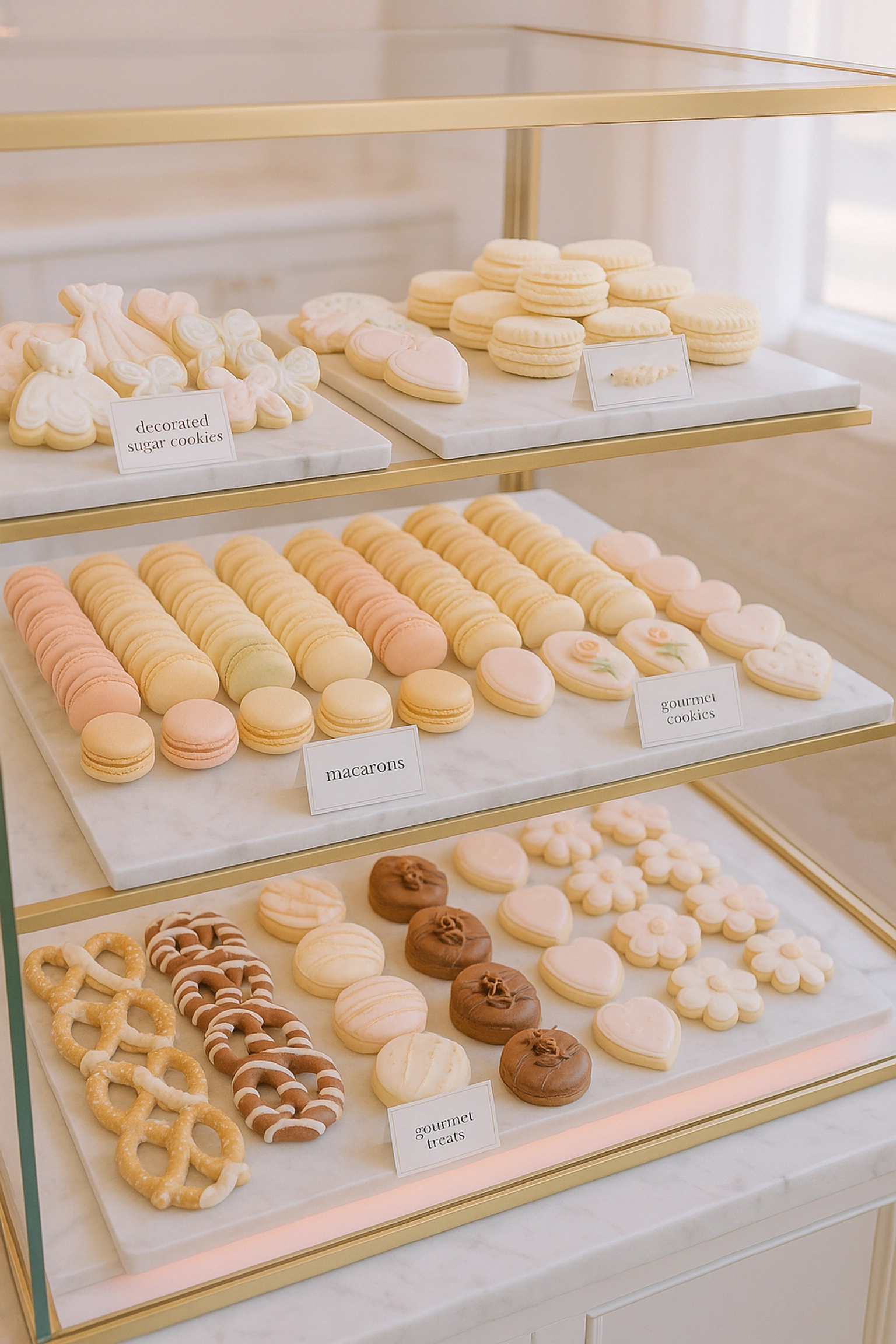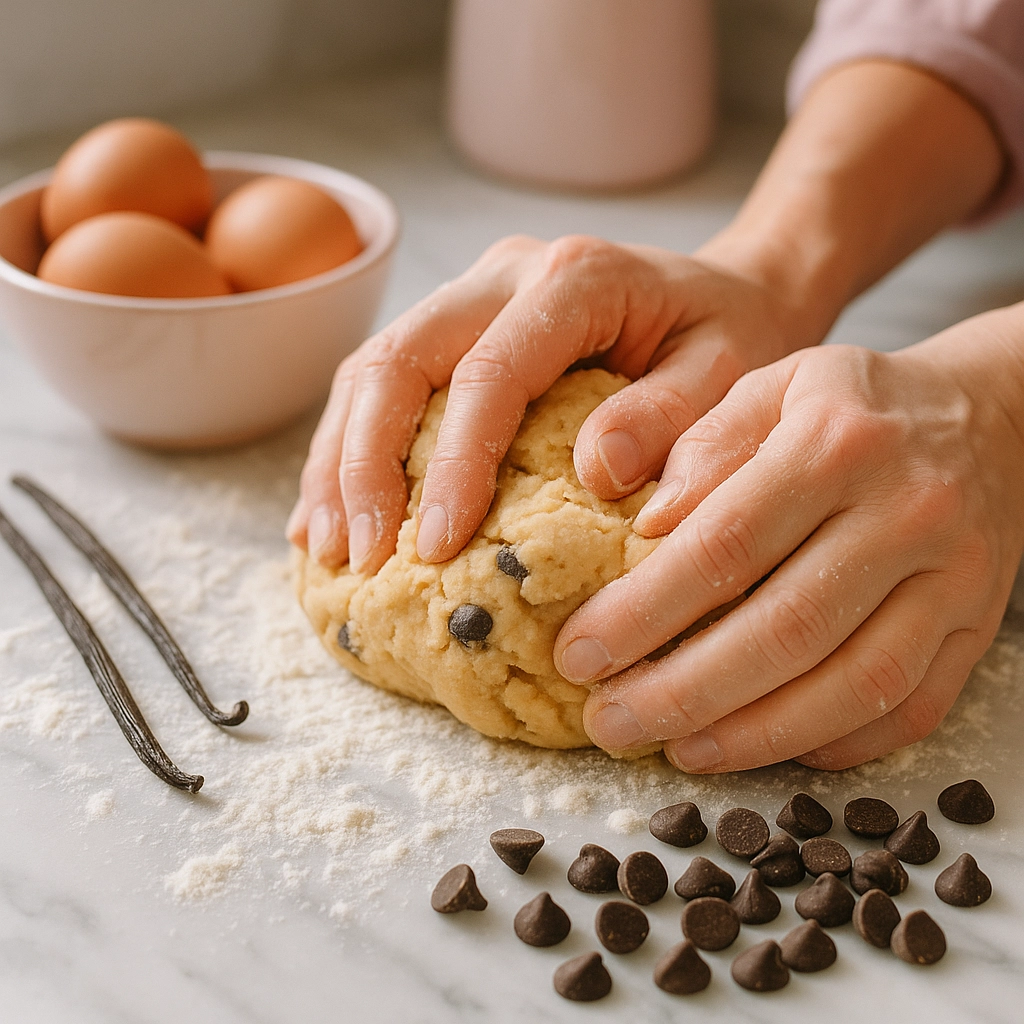The question surfaces in bakery circles, food blogs, and family kitchens across America. Are mass-produced cookies losing ground to grandmother's recipe box? The answer requires examining market data, consumer behavior, and the evolution of taste preferences.
Store-bought cookies aren't dead. They're adapting.
The Numbers Tell a Different Story
Commercial cookie sales demonstrate robust growth patterns that contradict predictions of decline. Center store cookies surged 27.5% compared to 2022, generating $991 million in total sales for the 52-week period ending March 2023. Traditional packaged cookies reached $833 million in sales, marking a 26.7% increase.
The U.S. cookies market reached $3.4 billion in 2024. Projections show growth to $4.8 billion by 2033, maintaining a 3.81% compound annual growth rate. Globally, the cookies market sits at $45.2 billion in 2025, forecasted to reach $69.5 billion with 4.9% annual growth.
These figures reveal market expansion, not contraction.

Consumer Preferences Drive Market Evolution
More than 53% of Americans prefer chocolate chip cookies. Many consumers choose homemade versions due to health concerns about chemicals and preservatives in commercial products. Homemade cookies offer ingredient control and perceived nutritional benefits.
Time constraints influence purchasing decisions significantly. Store-bought cookies require minutes to prepare compared to 15 minutes preparation time for homemade varieties. Busy lifestyles often necessitate convenience over quality.
The divide isn't between living and dying markets. It's between different consumer needs and occasions.
The Artisanal Revolution
Premium cookie segments show particular strength. Artisanal formats gain traction through social media exposure and changing taste preferences. Consumers seek unique flavors, quality ingredients, and authentic production methods.
Small bakeries leverage family recipes to differentiate from mass production. Hand-rolled dough, real butter, and time-tested techniques create products that mass manufacturers struggle to replicate. These elements generate premium pricing and customer loyalty.

The 2025 market reflects "dynamic convergence of nostalgia and health-conscious innovation." Manufacturers develop products fortified with nootropics, collagen peptides, and adaptogenic herbs. Artisanal hybrid formats include savory herb-and-cheese sandwich cookies and regional fusion flavors like miso-maple peanut butter.
Sustainability and Innovation Drive Growth
Environmental consciousness shapes purchasing decisions. Cookie bakeries source alternative ingredients like apple-pomace flour from nearby juicing plants, reducing costs by 15% while supporting sustainability goals. Packaging innovations include aluminum-free materials made from mushroom-derived biomaterials, cutting carbon footprints by 25% per shipment.
Quality-focused producers emphasize local sourcing, seasonal ingredients, and minimal processing. These practices appeal to consumers seeking authentic food experiences and environmental responsibility.
Digital Transformation Expands Markets
E-commerce represents significant growth opportunity rather than threat to traditional retail. Large brands and independent bakers leverage online platforms, subscription boxes, and direct-to-consumer models to reach broader markets.
Social media marketing and influencer partnerships drive demand for freshly baked and personalized cookie purchases. Post-pandemic "treat yourself" mentality boosts online sales across all segments.

Generational preferences drive format innovations. Gen Z shoppers prefer multi-size formats and sampling options. Baby Boomers gravitate toward traditional value packs. Brands introduce modular shelf strategies that accommodate diverse preferences within single aisle footprints.
Family Recipes Meet Modern Demand
Traditional recipes provide competitive advantages in crowded markets. Grandmother's molasses cookies or great-aunt's snickerdoodles offer unique selling propositions that mass producers cannot replicate.
Family bakeries capitalize on authenticity narratives. Stories behind recipes create emotional connections with customers. These connections generate word-of-mouth marketing and repeat purchases.
Recipe authenticity commands premium pricing. Consumers pay more for products with genuine family heritage and traditional preparation methods.
The Convenience Factor Remains Strong
Despite artisanal trends, convenience drives significant purchasing decisions. Parents need quick lunch box solutions. Office workers want grab-and-go snacks. Holiday entertaining requires large quantities without extensive preparation time.
Mass-produced cookies serve these needs effectively. Consistent quality, extended shelf life, and widespread availability maintain market relevance.

The key lies in market segmentation. Different occasions demand different solutions. Birthday parties might feature handcrafted sugar cookies. Daily snacking might rely on packaged options.
Health Consciousness Shapes Choices
Ingredient transparency influences purchasing decisions increasingly. Consumers read labels more carefully. They avoid artificial preservatives, high fructose corn syrup, and unpronounceable additives.
Artisanal bakeries highlight simple ingredient lists. Flour, butter, sugar, eggs, vanilla. No chemicals. No preservatives. Real food.
This transparency creates trust between producers and consumers. Trust generates customer loyalty and premium pricing opportunities.
Market Coexistence Rather Than Replacement
Evidence suggests market evolution rather than replacement. Store-bought cookies adapt to changing preferences through premium lines, cleaner labels, and specialized formats. Artisanal producers capture growing segments seeking authenticity and quality.
Both markets serve different consumer needs. Mass production provides convenience and affordability. Artisanal production offers quality and uniqueness.

Success requires understanding these distinctions. Family bakeries focusing on quality ingredients, traditional methods, and authentic stories can thrive alongside commercial producers targeting convenience and value.
The future involves coexistence, not conquest. Store-bought cookies aren't dying. They're sharing space with growing artisanal alternatives that meet different consumer desires.
Quality handcrafted treats find ready markets among consumers seeking authentic experiences, premium ingredients, and meaningful connections to food traditions. These products complement rather than replace commercial options, creating diverse market opportunities for producers at every scale.
Visit our shop to experience handcrafted cookies made with family recipes and traditional techniques.



